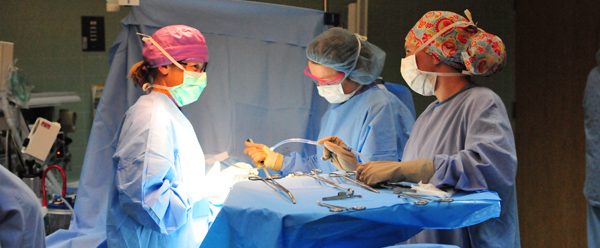What Causes Varicose Veins? — Conclusion

Other treatments for varicose veins
- Surgery. If your varicose veins are large and uncomfortable, you can get them surgically removed. The surgery often occurs under general anesthesia. You can usually go home if the surgery is on one leg. If you need surgery on both legs, an overnight stay at a hospital is recommended.
- Laser surgery. Lasers can remove small varicose veins. It usually happens following surgery.
- Ligation and stripping. A surgeon will make two incisions in your leg and remove the veins. It does not require an overnight stay at a hospital. The negatives include bruising, bleeding, pain in some cases, and between one and three weeks of recovery time.
- Sclerotherapy. Your physician will inject a small chemical (usually sodium tetradecyl sulfate) into small and medium-sized veins, resulting in scarring and closing the veins. After a few weeks, the veins should fade. Sometimes, repeated treatments are necessary.
- Transilluminated powered phlebectomy. A special light called an endoscopic transilluminator is threaded through your veins and is removed with a suction device through an incision in your leg. You’ll be under local anesthesia. Bleeding and bruising after the operation can occur.
- Radiofrequency ablation. This is a small incision in your leg into which a narrow catheter, emitting a radiofrequency, is threaded. It causes the vein to heat up and collapse. The procedure is often done with a local anesthetic.
- Endovenous laser treatment. A catheter is inserted in the vein, into which a small laser is threaded to emit short energy bursts that seal the vein. This is done under local anesthesia. You may have some temporary nerve pain.
If you have varicose veins, talk to your doctor. If they don’t bother you, you can forgo treatment. If you are unhappy with the way they look, or if they hurt, you can get them removed.
If you want them removed, talk to your doctor. During the exam, you will stand while he or she checks your legs for signs of swelling. A Doppler test, which is an ultrasound scan, will check the direction of the blood flow in your veins. It also looks for blood clots and any blockage in your veins.
You may have a color Duplex ultrasound scan. It provides color images to identify anything that’s abnormal.
Your physician will be able to advise you about your options, and together you can discuss which one is the best treatment for you.
Updated:
October 02, 2023
Reviewed By:
Christopher Nystuen, MD, MBA